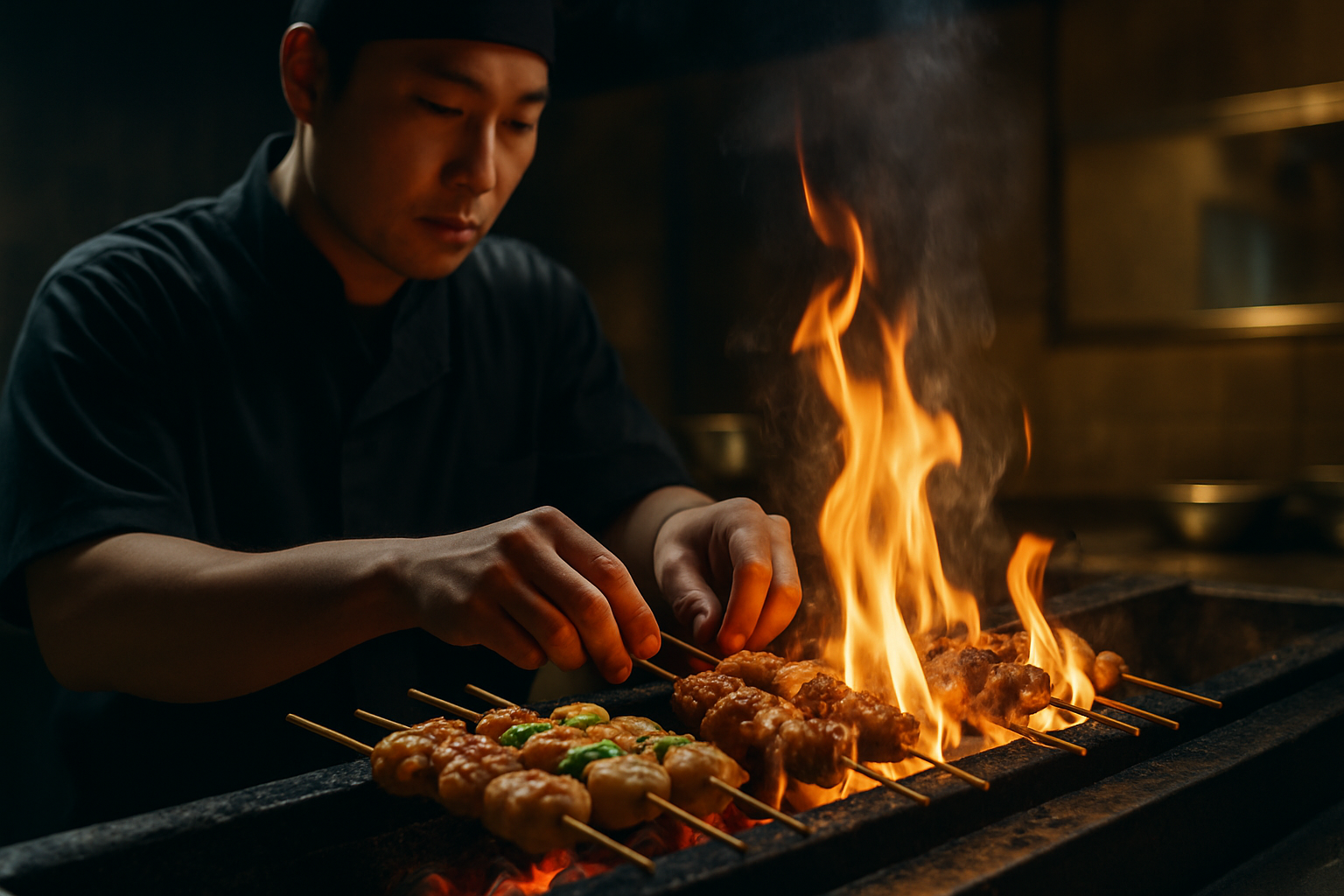Culinary Alchemy: Infusing Smoke into Unexpected Dishes
Smoke-infused cuisine is no longer confined to barbecue. This ancient technique is finding new life in unexpected corners of the culinary world, transforming everything from cocktails to desserts. Join us as we explore the art of smoke infusion, learning how chefs and home cooks alike are using this versatile flavor enhancer to elevate their creations and tantalize taste buds in surprising ways.

The type of wood used for smoking plays a crucial role in the final flavor profile. Fruit woods like apple and cherry impart a subtle sweetness, while hardwoods like hickory and mesquite offer bolder, more intense flavors. Chefs are now experimenting with unconventional smoking materials, such as tea leaves, herbs, and even hay, to create unique flavor combinations that push the boundaries of traditional cuisine.
Smoke-Infused Cocktails: A New Frontier
The cocktail world has embraced smoke infusion with open arms, creating a new category of drinks that appeal to both the palate and the eye. Bartenders are using specialized tools like smoke guns to infuse glasses with aromatic smoke before pouring the cocktail, creating a multisensory experience that engages sight, smell, and taste.
One popular technique involves capturing smoke in a glass dome, which is then dramatically lifted to release a cloud of fragrant smoke at the table. This theatrical presentation not only enhances the flavor of the drink but also adds an element of excitement to the dining experience. From smoky Old Fashioneds to smoked margaritas, these innovative cocktails are redefining mixology and challenging our perceptions of what a drink can be.
Sweet Smoke: Desserts Get a Makeover
Smoke infusion is making unexpected inroads into the world of desserts, adding complexity to sweet treats. Pastry chefs are experimenting with smoked chocolate, infusing cocoa beans with wood smoke to create rich, nuanced flavors that pair beautifully with fruit, nuts, and caramel.
Smoked ice cream is another emerging trend, with flavors like smoked vanilla and smoked maple gaining popularity. The process involves cold-smoking cream or milk before churning, resulting in a frozen dessert with subtle smoky notes that complement the sweetness. Even traditionally light desserts like meringues and pavlovas are getting the smoke treatment, with chefs using smoked sugar to add depth and intrigue to these airy confections.
Vegan Cuisine: Smoke as a Flavor Enhancer
In the realm of vegan cuisine, smoke infusion is proving to be a game-changer. Plant-based chefs are using smoke to add depth and umami to dishes, mimicking the richness often associated with animal products. Smoked vegetables, particularly eggplant and mushrooms, are being used to create vegan “bacon” and other meat substitutes that satisfy even the most discerning carnivores.
Liquid smoke, a concentrated form of wood smoke, is finding its way into vegan cheese recipes, adding a savory complexity that elevates these plant-based alternatives. From smoky cashew cheese to smoked tofu, these innovative products are expanding the possibilities of vegan cuisine and attracting a wider audience to plant-based eating.
The Home Cook’s Guide to Smoke Infusion
While professional chefs have access to specialized equipment, home cooks can also experiment with smoke infusion using simple tools and techniques. Stovetop smokers, smoking guns, and even DIY methods using wood chips and a heatproof container allow home cooks to add smoky flavors to their dishes without investing in expensive equipment.
Infusing olive oil or salt with smoke is an easy way to add smoky notes to a variety of dishes. Simply place the oil or salt in a shallow dish, cover it with plastic wrap, and use a smoking gun to fill the space with smoke. Let it sit for a few minutes to absorb the flavors, and you’ll have a versatile ingredient that can be used to finish dishes or as a base for marinades and dressings.
Smoke Infusion Tips & Facts
• Cold smoking at temperatures below 85°F (29°C) allows for smoke infusion without cooking the food
• Tea-smoked foods are a staple of Chinese cuisine, particularly in Sichuan and Hunan provinces
• Liquid smoke is made by condensing wood smoke into a water-based solution
• Smoked salt can be made at home by cold-smoking coarse sea salt for several hours
• Some chefs are experimenting with smoke from unconventional materials like hay, pine needles, and even dried flowers
In conclusion, smoke infusion is revolutionizing the culinary landscape, offering chefs and home cooks alike a powerful tool for adding depth, complexity, and intrigue to their creations. From smoky cocktails to smoked desserts and innovative vegan dishes, this ancient technique is finding new life in unexpected places. As we continue to explore the possibilities of smoke infusion, we can look forward to even more exciting and delicious innovations in the world of gastronomy.





